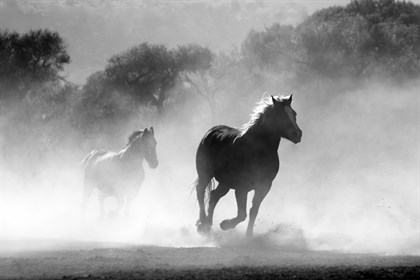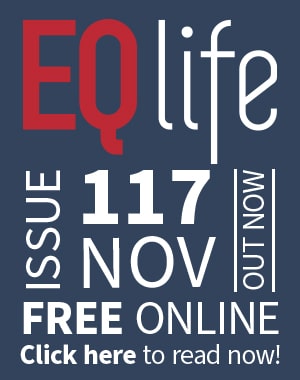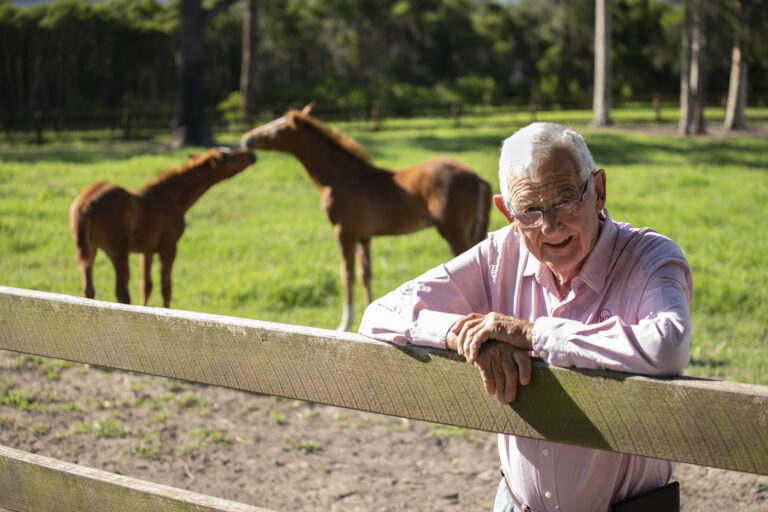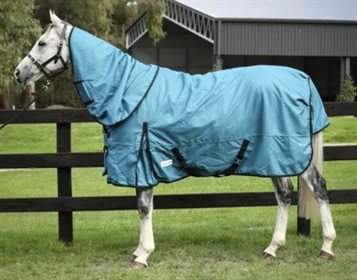By Equestrian Life
It has been revealed that in 2018, no wild brumbies were removed from Kosciuszko National Park— a move that has been labelled irresponsible by the ACT Environment Minister.
Last year, the controversial “Brumby Bill” was passed by the NSW government, affording brumbies “heritage status” and banning lethal methods of control such as aerial culling. This has essentially left physical removal of the horses from the park as the only way to control numbers.
In 2017, 152 horses were removed from the park and all but one (which was euthanized) were rehomed. A 2014 estimate found 9,000 horses across the Australian alps, and some 4,500 are thought to currently be in the northern section of Kosciuszko National Park alone.
ACT Environment Minister Mick Gentleman labelled last year’s lack of action irresponsible, while the ACT Parks manager Brett McNamara fears the 4,500 horses in the northern section of the NSW park will soon enter the ACT’s water catchment areas near Namadgi National Park. The ACT views the horses as pests and has strict lethal controls in place.
Mr McNamara is concerned that the unchecked population on the border will eventually enter ACT’s catchment areas despite their best efforts to control them, due to NSW’s inaction. Earlier this year, Mr Gentleman declared Canberra’s drinking water catchments to be endangered environments.
The land on which Canberra was built was selected based on the excellent water catchments that guarantee the city a constant supply of clean drinking water. Delicate sphagnum moss in the alpine bogs and streams acts as a natural filter and has the ability to hold water for years; unfortunately, brumbies love to eat and trample this moss as they access streams for water.
In fact, the damage brumbies can do to Canberra’s water catchment has been recognised throughout history. When the ACT was first established, brumbies already roamed the mountains. One of the first pieces of legislation federal parliament passed were laws protecting the Cotter River and her water catchments. This meant brumby control was one of the ACT rangers’ first jobs, and horses were driven out, corralled or killed.
Wild horses in alpine areas also threaten species such as the critically endangered northern corroboree frog (that also relies on the sphagnum moss), alpine tree frogs and the broad-toothed rat. There are also concerns that an unchecked population could lead to horses starving in the long term. Alongside brumbies, wild pigs and deer also cause similar environmental problems.
It’s a delicate balancing act; horse lovers of course don’t want to see these animals hurt or killed, but the protection of Australia’s delicate alpine environment is also incredibly important. To have no horses removed from the park last year — and therefore no real management of the horses — certainly raises a lot of questions.
READ THE LATEST NEWS ARTICLES HERE









